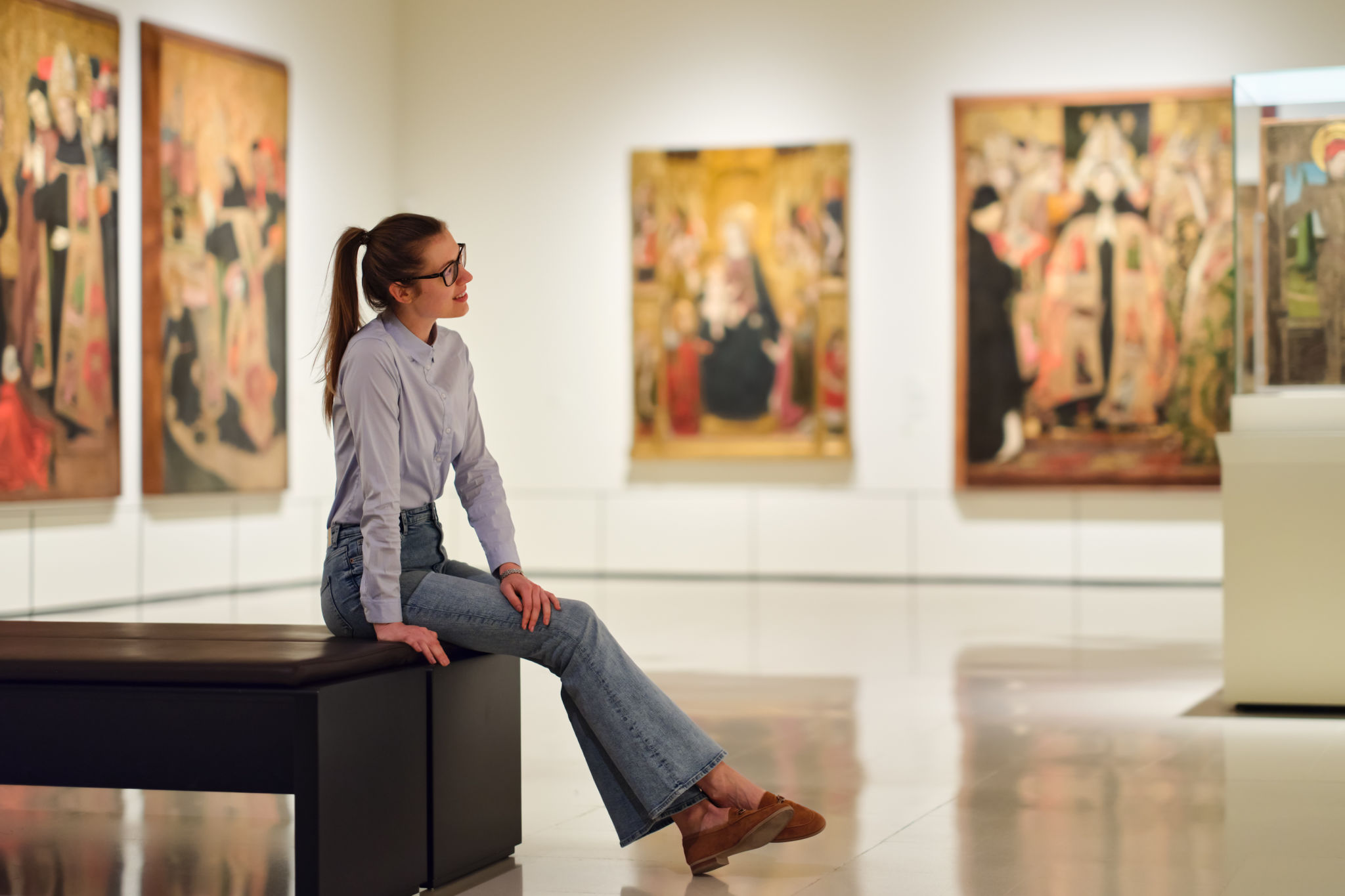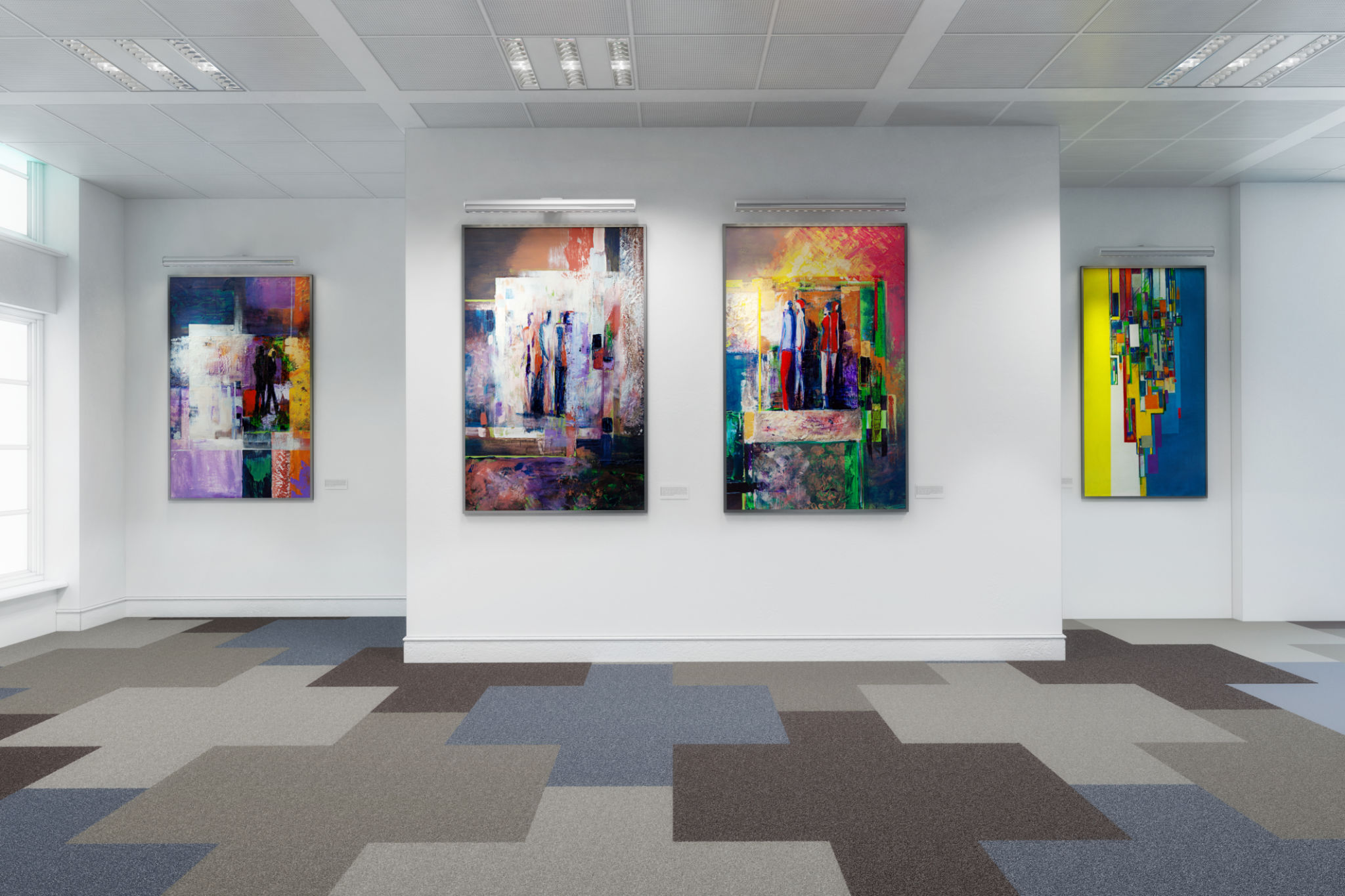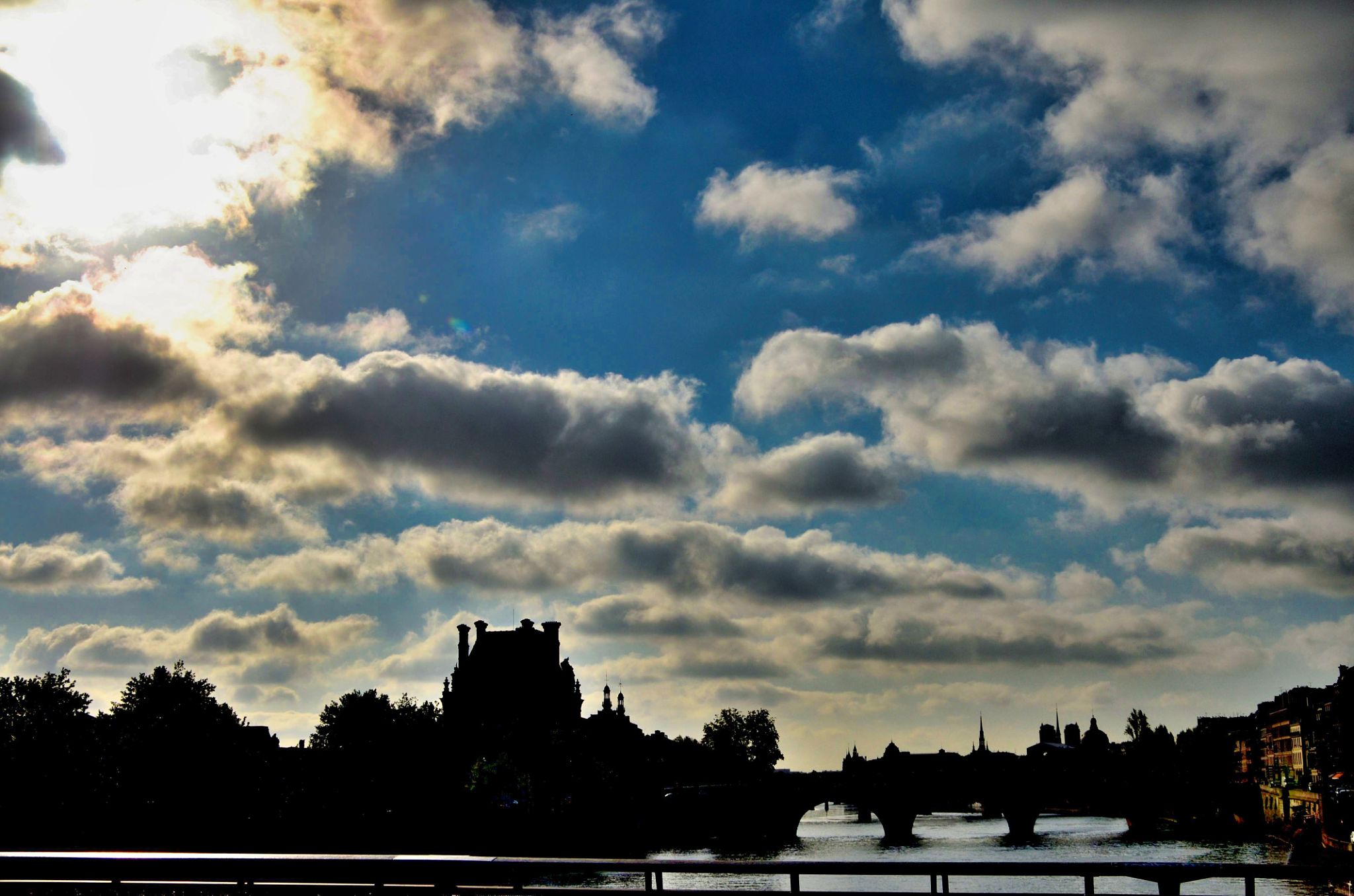Behind the Scenes: Preparing for a Successful Art Exhibition
Introduction to Art Exhibition Planning
Organizing an art exhibition is both an exciting and challenging endeavor. Behind every successful show lies a meticulous planning process that ensures everything runs smoothly from start to finish. Whether you are an artist, curator, or gallery owner, understanding the key steps in exhibition preparation is crucial.

Establishing a Theme and Vision
The first step in preparing for an art exhibition is to establish a clear theme and vision. This involves deciding on the message you want to convey through the artworks. A well-defined theme not only guides the selection of pieces but also helps in creating a cohesive experience for visitors.
Consider what story you want your exhibition to tell. This will influence everything from the choice of artists to the layout and design of the space. Having a strong vision will also aid in marketing efforts, allowing you to craft compelling narratives for potential attendees.
Selecting the Venue
Choosing the right venue is crucial for the success of your exhibition. Factors such as location, size, and ambiance must be taken into account. The venue should complement the art and enhance the overall experience for viewers. It's also important to consider logistical aspects like accessibility, lighting, and available facilities.

Once you have shortlisted potential venues, visit each location to get a feel for how your exhibition might fit within the space. This will help you make an informed decision that aligns with your vision and budget.
Curating the Artwork
Curating is one of the most critical aspects of preparing for an art exhibition. This process involves selecting and arranging artworks in a way that best represents your theme and vision. As a curator, you must work closely with artists to ensure that their pieces are displayed optimally.
Consider factors like the flow of the exhibition, how viewers will navigate the space, and the impact of each piece within the context of the entire show. A well-curated exhibition can elevate the viewer's experience and leave a lasting impression.
Marketing and Promotion
Promoting your art exhibition is essential to attract visitors and gain visibility. Develop a comprehensive marketing plan that includes both online and offline strategies. Utilize social media platforms, email newsletters, and press releases to reach a wider audience.

- Create engaging content that highlights the theme and featured artists.
- Collaborate with local influencers or art communities to increase exposure.
- Consider hosting a pre-opening event or offering exclusive previews to generate buzz.
Installation and Setup
The installation phase is where your vision starts to come to life. Working with a team of professionals can ensure that artworks are handled with care and displayed correctly. Pay attention to lighting, as it can significantly affect the presentation of the pieces.
It's also important to test audio-visual equipment if your exhibition includes interactive elements or multimedia installations. Ensure that all technical aspects are functioning smoothly before opening day.
Opening Night and Beyond
The opening night is a culmination of all your hard work. It's an opportunity to engage with guests, gather feedback, and celebrate the success of your exhibition. Provide guided tours or artist talks to enrich the visitor experience.

After the opening night, continue promoting your exhibition throughout its run. Keep engaging with audiences on social media, sharing highlights or behind-the-scenes content. This ongoing effort can maintain interest and draw more visitors to your show.
Conclusion
Preparing for a successful art exhibition requires careful planning and execution across various stages. From establishing a clear vision to executing a seamless opening night, each step plays a vital role in ensuring your event's success. By following these guidelines, you can create an unforgettable experience for both artists and attendees alike.